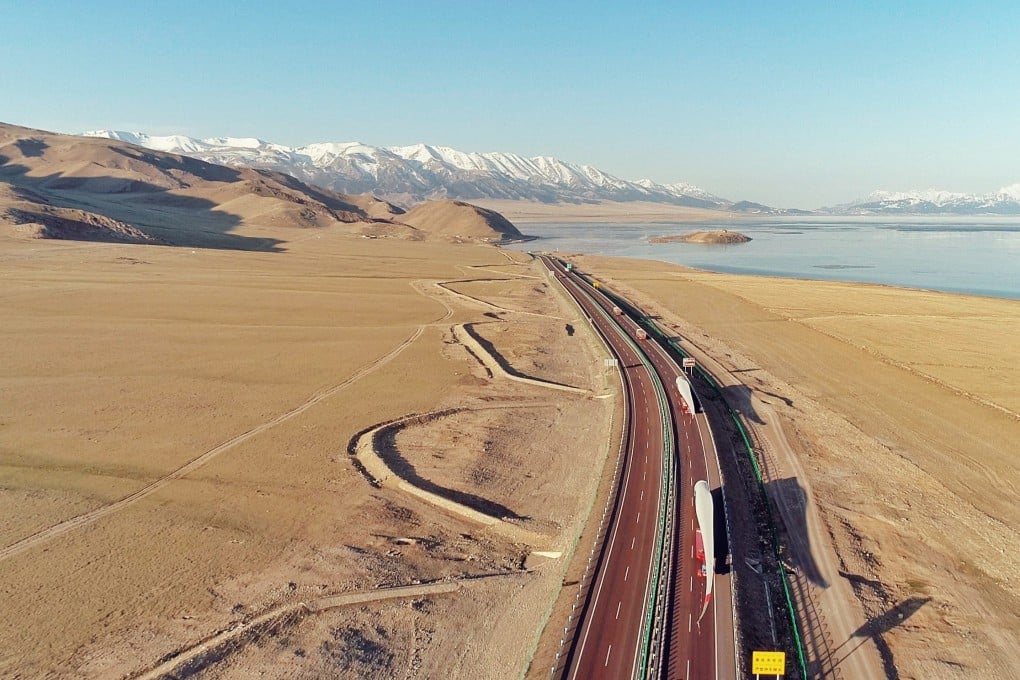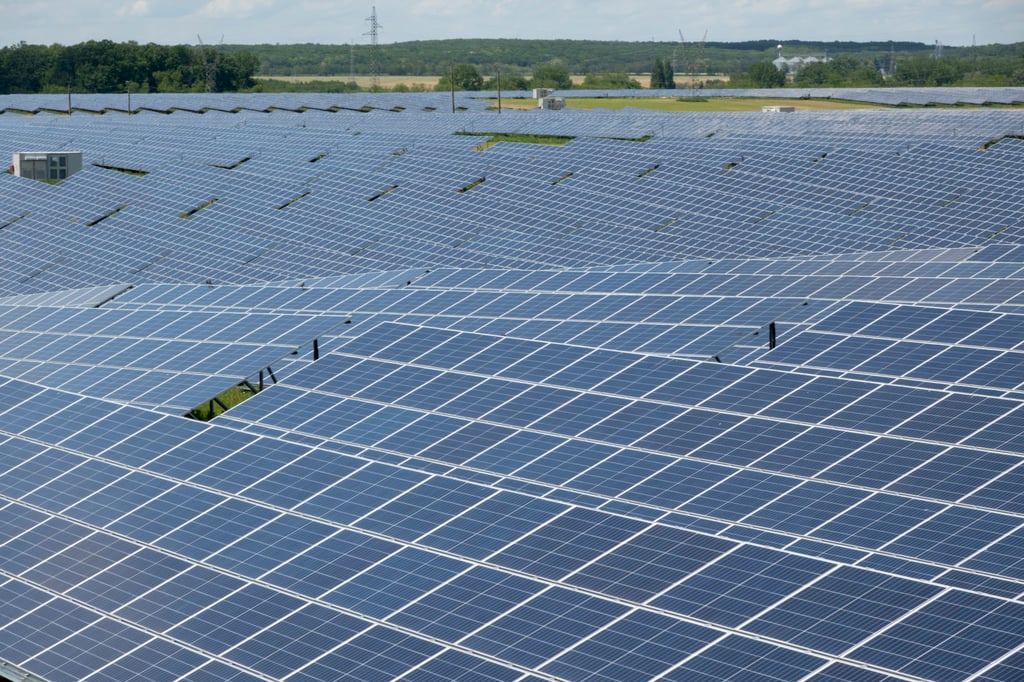Chinese banks follow belt and road map to expand loan book as liquidity tightens at home
- BOC Macau raised US$138 million via three-year yuan bonds and said the proceeds will be used to fund projects located in the Belt and Road Initiative partner countries

The belt and road project was spearheaded by Beijing and endorsed by President Xi Jinping in late 2013, aiming to improve trade and economic integration across Asia, Europe and Africa.
“According to our data, nearly half of Chinese overseas loans are in yuan, which is huge compared to a few years ago,” said Alicia Garcia Herrero, chief Asia-Pacific economist at Natixis. She estimated that China Development Bank had loaned about US$100 billion while Bank of China had already committed to US$20 billion in loans.
Garcia Herrero said liquidity conditions in China are very tight and that even if the People’s Bank of China (PBOC) were to inject funds and make conditions accommodative, liquidity is leaving the country, which is reflected in reserves hardly increasing despite the large trade surplus.

